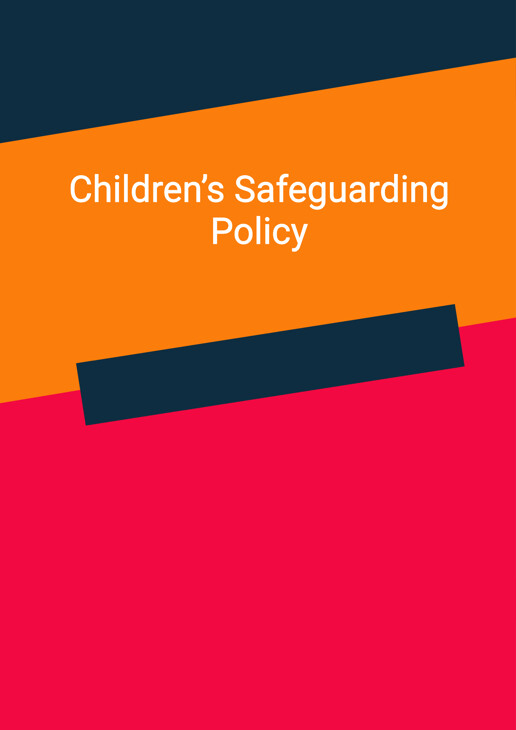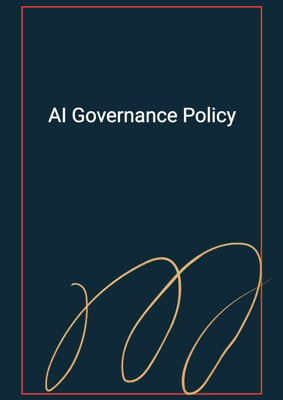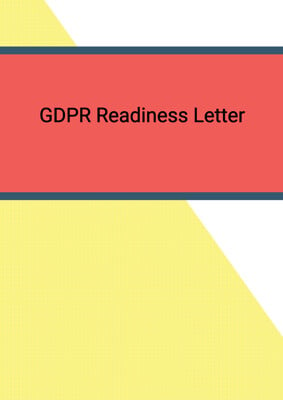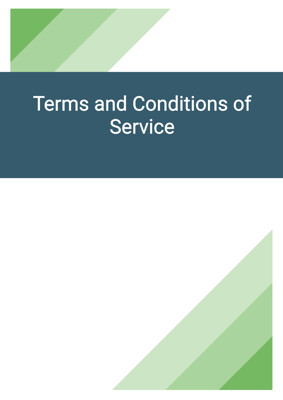How to Tailor the Document for Your Need?
01
Create Document
Click "Create Document" button and the document will be prepared with your account details automatically filled in.
02
Fill Information
Please fill in any additional information by following the step-by-step guide on the left hand side of the preview document and click the "Next" button.
03
Get Document
When you are done, click the "Get Document" button and you can download the document in Word or PDF format.
04
Review Document
Please review the document carefully and make any final modifications to ensure that the details are correct before publication / distribution.
Document Preview
Document Description
The Children’s Safeguarding Policy is a document that outlines the organization's commitment to safeguarding and promoting the welfare of children and young people. It reflects statutory responsibilities, government guidance, and best practice requirements. The policy emphasizes that the welfare of children is paramount in all the organization's work and decision-making processes.
The document begins with an introduction that highlights the importance of protecting children and young people from harm. It emphasizes that all children, regardless of their characteristics, have an equal right to protection. It also acknowledges that some children may be more vulnerable due to various factors.
The purpose of the policy is to protect children and young people who receive services from the organization. It provides staff, volunteers, and families with the principles that guide the organization's approach to child protection. The policy applies to anyone working on behalf of the organization, including senior managers, paid staff, volunteers, and students.
The document defines key terms such as 'child' and 'adult at risk' to ensure a common understanding. It also explains the different types of abuse that children and adults may be vulnerable to, including sexual, physical, emotional abuse, neglect, and various forms of exploitation.
The policy emphasizes the importance of safeguarding children and outlines its key principles, which include protecting children from maltreatment, preventing impairment of their health or development, ensuring safe and effective care, and enabling them to have the best outcomes.
The document also highlights the legal framework on which the policy is based and the organization's commitment to providing appropriate safeguarding training and awareness to its employees, volunteers, and relevant individuals. It emphasizes the importance of confidentiality and information sharing, as well as the need for recording and record-keeping.
The policy addresses safe recruitment and selection practices to reduce the risk of harm to children. It also provides guidelines for the use of social media, mobile phones, and other digital technology to ensure the safety and privacy of children and young people. Whistleblowing is encouraged within the organization, and there are measures in place to protect whistleblowers.
The document concludes with information on how to seek further guidance and contact the human resources representative for any questions or concerns. It also states that the policy may be revised and modified by the organization as needed.
Overall, the Children’s Safeguarding Policy is a comprehensive document that outlines the organization's commitment to safeguarding children and young people. It provides detailed information on various aspects of child protection and sets out clear guidelines for employees, volunteers, and other individuals working with children.
How to use this document?
1. Familiarize yourself with the Children’s Safeguarding Policy and understand its importance in protecting children and young people from harm.
2. Ensure that all staff, volunteers, and relevant individuals working on behalf of the organization are aware of the policy and their responsibilities in safeguarding children.
3. Provide appropriate safeguarding training to employees, volunteers, and relevant individuals, ensuring they understand the principles of safeguarding, how to recognize potential safeguarding concerns, and how to report them.
4. Maintain confidentiality and adhere to the applicable privacy laws when handling sensitive information related to safeguarding concerns. Share information with the local authority or the police if a child is at risk of harm or immediate danger.
5. Keep accurate records of any safeguarding concerns, including details of the individuals involved, the nature of the concern, and the actions taken. Ensure that all records are securely and confidentially stored.
6. Follow safe recruitment and selection practices to minimize the risk of harm to children. Adhere to the organization's recruitment policy and procedures.
7. Familiarize yourself with the organization's social media policy, code of conduct for behavior towards children, and policies regarding the use of mobile phones and digital technology. Ensure compliance with these policies to protect the privacy and safety of children and young people.
8. Encourage a culture of whistleblowing within the organization, where individuals feel confident to raise concerns about dangerous or illegal activities. Ensure that whistleblowers are protected.
9. Stay updated on any revisions or modifications to the Children’s Safeguarding Policy. Check for updates regularly and ensure that all relevant individuals are aware of any changes.
10. If you have any questions or need further guidance, contact your human resources representative for assistance. They can provide clarification and support regarding the policy and its implementation.
Not the right document?
Don’t worry, we have thousands of documents for you to choose from:




















